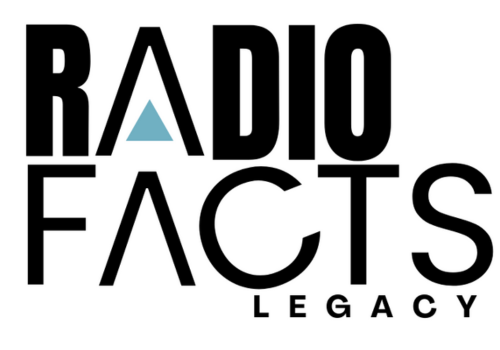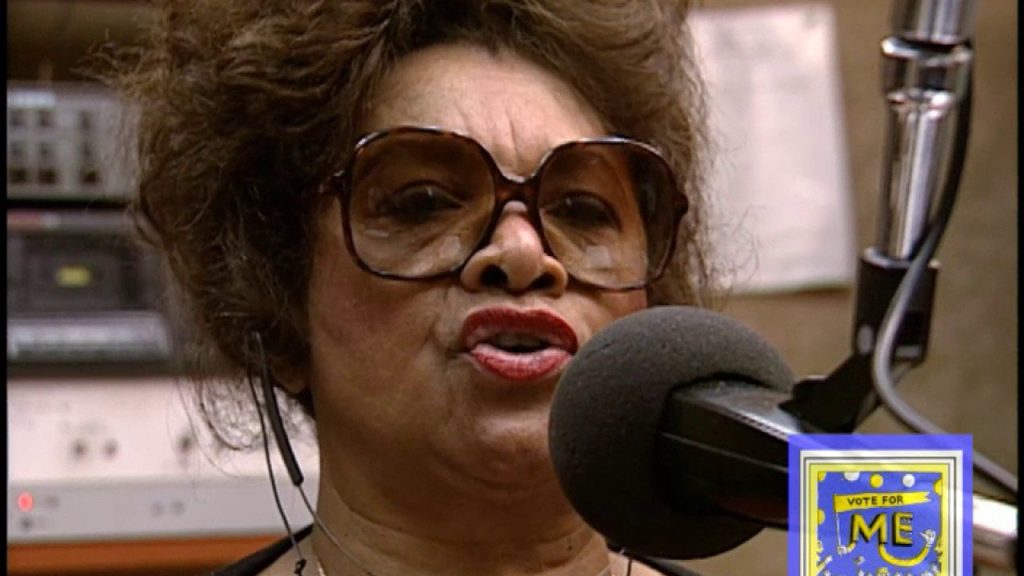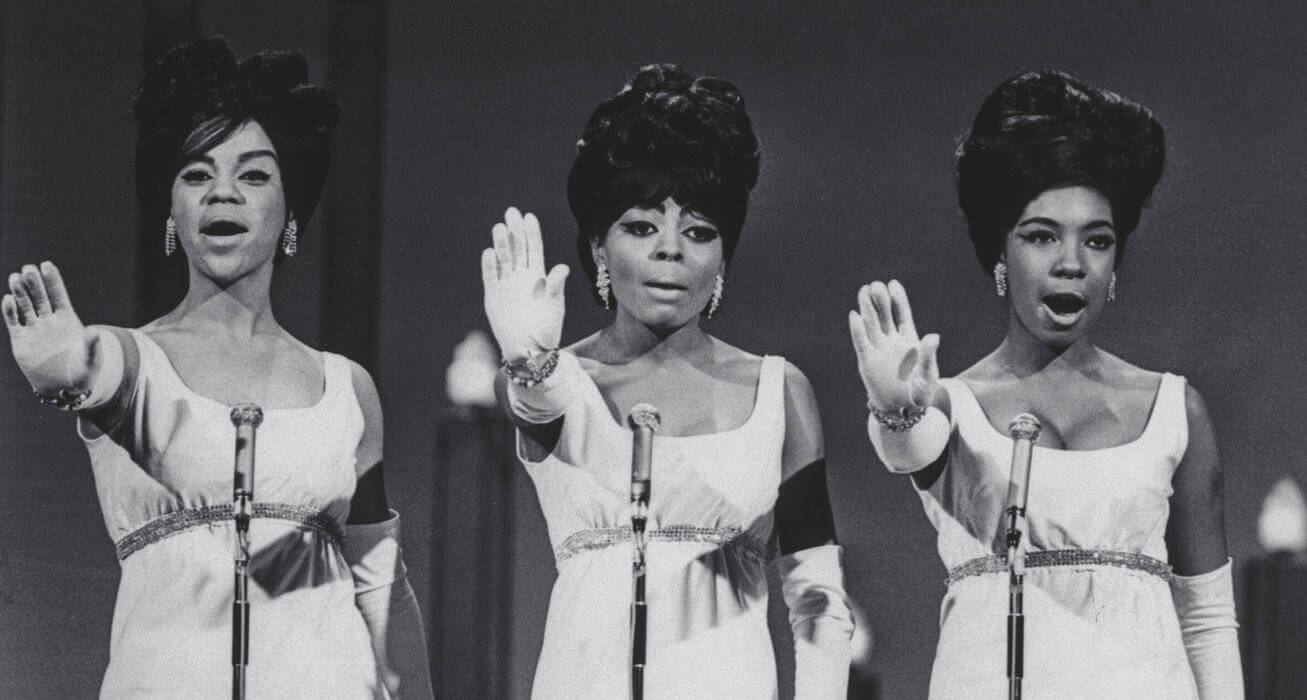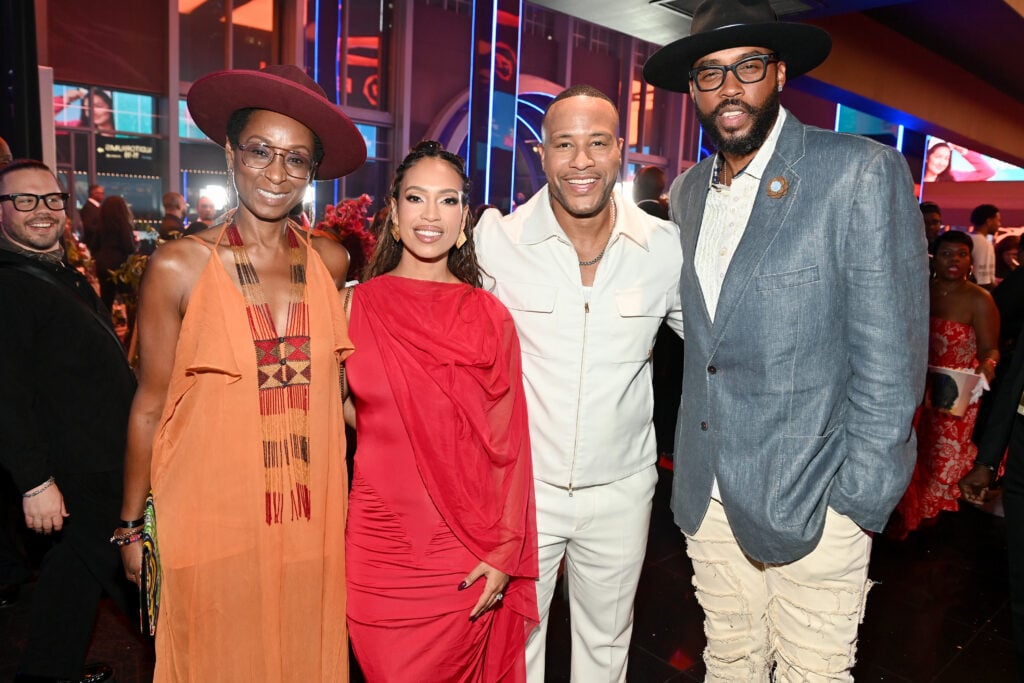 Nielsen released Increasingly Affluent, Educated and Diverse: African-American Consumers – the Untold Story, the fifth installment in its Diverse Intelligence Series.This new report is inclusive of insights about affluent Black consumers with annual household incomes of $75,000 and higher and upends outdated stereotypes about African-Americans, from education and income to media consumption and social engagement.The report was released at a press conference during the Congressional Black Caucus Foundation, Inc.’s 45th Annual Legislative Conference in Washington, D.CIncreasingly Affluent, Educated and Diverse: African-American Consumers – the Untold Story explores the evolution of upper-income Black Americans as the population continues to grow and change rapidly.At 45.7 million strong [1], the nation’s Black population grew at 17.7% from 2000 to 2014 — 35% faster than the total population and double the 8.2% growth rate of the White population. The growth rate of the Black population is partly attributed to the surge in Black immigration from the Caribbean, Africa and some European countries, making the overall population incredibly diverse.The number of foreign-born Blacks in the U.S. has quadrupled since 1980, accounting for 3.8 million of the nation’s Black population. Foreign-born Blacks are contributing to increased incomes in the African-American community: their median household incomes are 30% higher than U.S.-born Blacks.”The size and influence of affluent African-Americans is growing faster than that of non-Hispanic Whites across all income segments, and the impact is being felt across industries,” said Cheryl Pearson-McNeil, Senior Vice President, U.S. Strategic Community Alliances and Consumer Engagement, Nielsen.”These larger incomes are attributed to a number of factors including youthfulness, immigration, historic educational attainment and constant, relevant dialogue across various social media channels that have an impact on African-Americans’ decisions as brand loyalists and ambassadors. Savvy marketers are taking notice.””We believe this ‘untold story’ is both timely and critical to understanding African-Americans in 21st century America,” said Reverend Jacques Andre DeGraff, Nielsen External Advisory Council Co-Chair. “Nielsen has been successfully providing insights and data for its clients for nearly 100 years.Now with this fifth anniversary milestone African-American report, the launching pad for the Diverse Intelligence Series, multicultural communities can be confident that Nielsen captures the importance of every demographic.”Highlights of Increasingly Affluent, Educated and Diverse: African-American Consumers – the Untold Story include: Black households $70,000+ top a number of consumption categories by percentage of their annual expenditures:Personal insurance and pensions – 14.7%Retirement, pensions, social security – 13.8%House furnishings and equipment – 12.5%Cash gifts – 7.6%Consumption habits outpace other demographics:Each week, compared to all Americans, African-American adults spend 42% more time watching TV; 13% more time on a PC; and 15% more time on a smartphone than any other demographic.Educational progression: The rate of Black high school graduates enrolled in college increased in 2014 to 70.9%, exceeding the rate of all high-school graduates in the nation.23% of African-Americans with annual household incomes of more than $100,000 search for jobs online (compared to 14% of Whites).11% of African-Americans with annual household incomes of more than $100,000 take college courses online (compared to 5% of Whites).Income growth rates: African-American income growth rates outpaced those of non-Hispanic Whites at every annual household income level above $60,000.The largest increase for African-American households occurred in the number of households earning over $200,000, with an increase of 138%, compared with a total population increase of 74%.Media and technology use: 2015 represented a tipping point as avid media consumption, powerful cultural influence and burgeoning population statistics created an unprecedented African-American impact on a broad range of industries, particularly in television, music and social media, as well as on social issues.’Black Twitter’ is an influential cluster of users on the platform that consistently drives global trending topics and conversation. Popular hashtags discussed include:#BLACKLIVESMATTER – 4,756,536#SANDRABLAND – 3,642,898#FERGUSON – 2,421,801#FREDDIEGRAY – 2,087,080#ASKRACHEL – 994,065Purchasing power:The basket ring (average dollar amount spent per household annually) for African-Americans with household incomes of $100,000+ surpasses that of other groups at higher percentage rates with the following top five retail channels: Convenience stores – 123%Toy stores – 40%Book stores – 32%Automotive stores – 15%Department stores – 14%Immigration impact: By 2060, one of out of every six U.S.Blacks will be immigrants. Metropolitan areas that are home to some of the nation’s largest Black populations are where the impact of immigration is most apparent. Black immigrants comprise the following percentages for the Black population in these metro areas: Miami – 34%New York – 28%Washington, D.C. – 15%
Nielsen released Increasingly Affluent, Educated and Diverse: African-American Consumers – the Untold Story, the fifth installment in its Diverse Intelligence Series.This new report is inclusive of insights about affluent Black consumers with annual household incomes of $75,000 and higher and upends outdated stereotypes about African-Americans, from education and income to media consumption and social engagement.The report was released at a press conference during the Congressional Black Caucus Foundation, Inc.’s 45th Annual Legislative Conference in Washington, D.CIncreasingly Affluent, Educated and Diverse: African-American Consumers – the Untold Story explores the evolution of upper-income Black Americans as the population continues to grow and change rapidly.At 45.7 million strong [1], the nation’s Black population grew at 17.7% from 2000 to 2014 — 35% faster than the total population and double the 8.2% growth rate of the White population. The growth rate of the Black population is partly attributed to the surge in Black immigration from the Caribbean, Africa and some European countries, making the overall population incredibly diverse.The number of foreign-born Blacks in the U.S. has quadrupled since 1980, accounting for 3.8 million of the nation’s Black population. Foreign-born Blacks are contributing to increased incomes in the African-American community: their median household incomes are 30% higher than U.S.-born Blacks.”The size and influence of affluent African-Americans is growing faster than that of non-Hispanic Whites across all income segments, and the impact is being felt across industries,” said Cheryl Pearson-McNeil, Senior Vice President, U.S. Strategic Community Alliances and Consumer Engagement, Nielsen.”These larger incomes are attributed to a number of factors including youthfulness, immigration, historic educational attainment and constant, relevant dialogue across various social media channels that have an impact on African-Americans’ decisions as brand loyalists and ambassadors. Savvy marketers are taking notice.””We believe this ‘untold story’ is both timely and critical to understanding African-Americans in 21st century America,” said Reverend Jacques Andre DeGraff, Nielsen External Advisory Council Co-Chair. “Nielsen has been successfully providing insights and data for its clients for nearly 100 years.Now with this fifth anniversary milestone African-American report, the launching pad for the Diverse Intelligence Series, multicultural communities can be confident that Nielsen captures the importance of every demographic.”Highlights of Increasingly Affluent, Educated and Diverse: African-American Consumers – the Untold Story include: Black households $70,000+ top a number of consumption categories by percentage of their annual expenditures:Personal insurance and pensions – 14.7%Retirement, pensions, social security – 13.8%House furnishings and equipment – 12.5%Cash gifts – 7.6%Consumption habits outpace other demographics:Each week, compared to all Americans, African-American adults spend 42% more time watching TV; 13% more time on a PC; and 15% more time on a smartphone than any other demographic.Educational progression: The rate of Black high school graduates enrolled in college increased in 2014 to 70.9%, exceeding the rate of all high-school graduates in the nation.23% of African-Americans with annual household incomes of more than $100,000 search for jobs online (compared to 14% of Whites).11% of African-Americans with annual household incomes of more than $100,000 take college courses online (compared to 5% of Whites).Income growth rates: African-American income growth rates outpaced those of non-Hispanic Whites at every annual household income level above $60,000.The largest increase for African-American households occurred in the number of households earning over $200,000, with an increase of 138%, compared with a total population increase of 74%.Media and technology use: 2015 represented a tipping point as avid media consumption, powerful cultural influence and burgeoning population statistics created an unprecedented African-American impact on a broad range of industries, particularly in television, music and social media, as well as on social issues.’Black Twitter’ is an influential cluster of users on the platform that consistently drives global trending topics and conversation. Popular hashtags discussed include:#BLACKLIVESMATTER – 4,756,536#SANDRABLAND – 3,642,898#FERGUSON – 2,421,801#FREDDIEGRAY – 2,087,080#ASKRACHEL – 994,065Purchasing power:The basket ring (average dollar amount spent per household annually) for African-Americans with household incomes of $100,000+ surpasses that of other groups at higher percentage rates with the following top five retail channels: Convenience stores – 123%Toy stores – 40%Book stores – 32%Automotive stores – 15%Department stores – 14%Immigration impact: By 2060, one of out of every six U.S.Blacks will be immigrants. Metropolitan areas that are home to some of the nation’s largest Black populations are where the impact of immigration is most apparent. Black immigrants comprise the following percentages for the Black population in these metro areas: Miami – 34%New York – 28%Washington, D.C. – 15%









